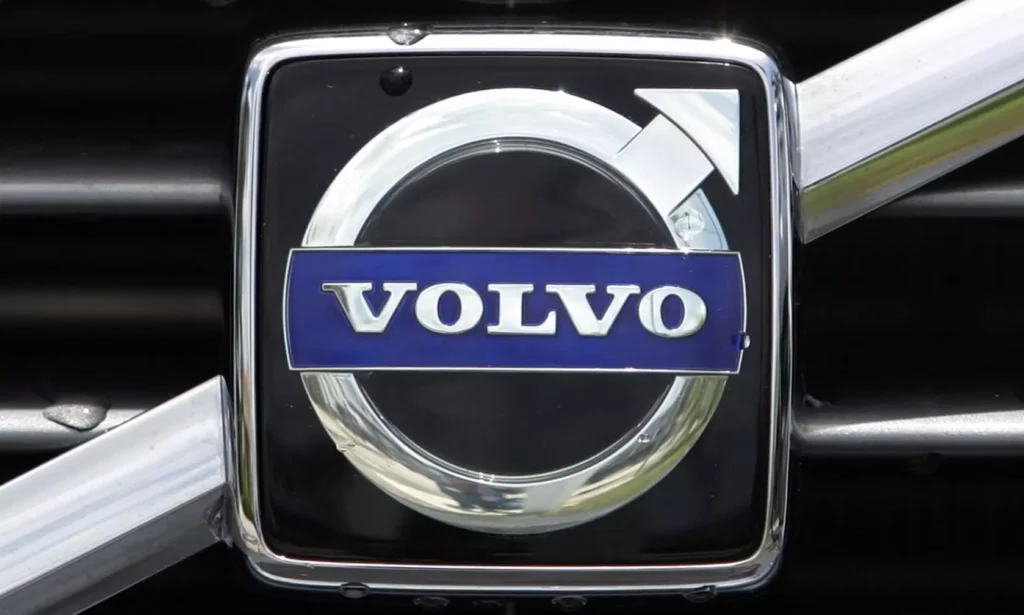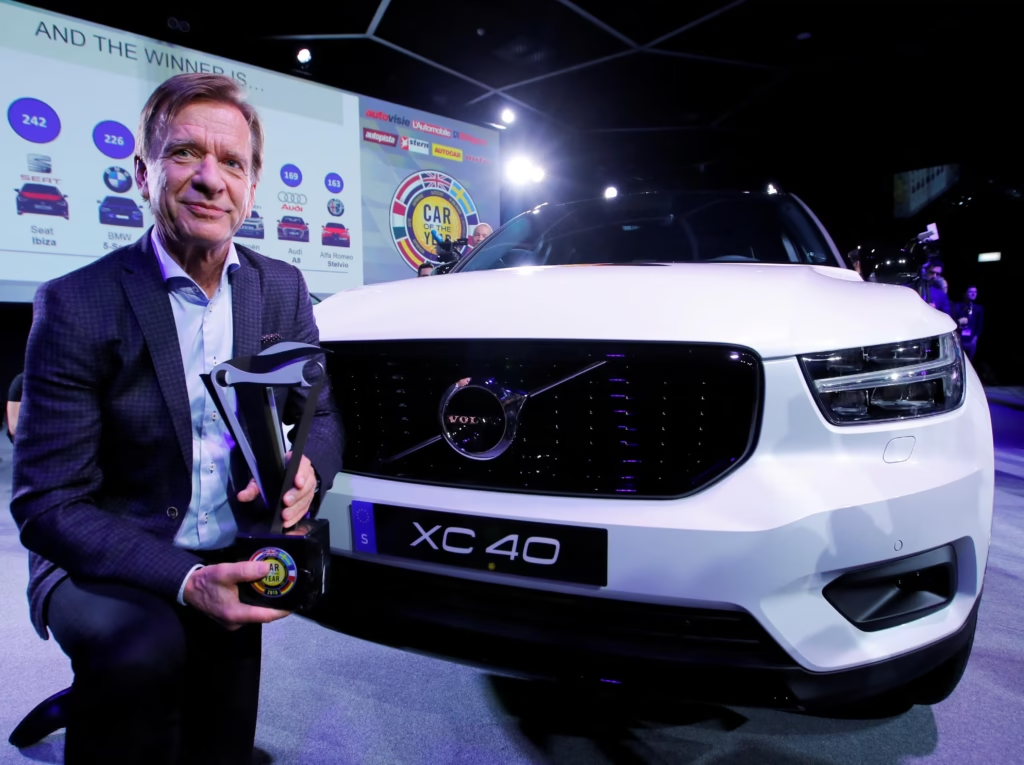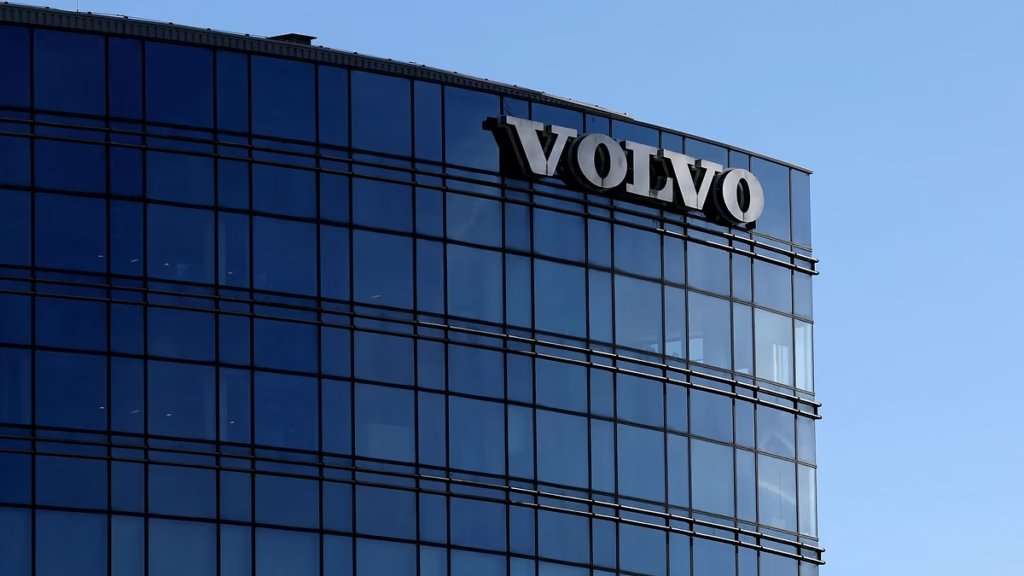Volvo Cars job cuts: Chinese-owned automaker to eliminate 3,000 positions in 2025

Volvo Cars job cuts have become a significant indicator of the challenges facing the global auto industry. The Chinese-owned, Sweden-based automaker announced plans to reduce its white-collar workforce by 3,000 employees in 2025. This major restructuring effort reflects mounting pressures from rising material costs, shifting consumer demand, and geopolitical tensions impacting automakers worldwide. This article explores the details behind Volvo Cars job cuts and their broader implications for the automotive sector.
Strategic Layoffs: The Breakdown of Volvo Cars Job Cuts
The layoffs, primarily affecting administrative and office-based roles in Sweden, account for nearly 15% of Volvo Cars’ white-collar workforce. Departments impacted include human resources, marketing, finance, and research and development. These cuts are part of an 18 billion Swedish kronor ($1.9 billion USD) cost-cutting action plan designed to realign the company’s operational strategy with evolving market dynamics.

CEO Jim Rowan emphasized the importance of this move, stating that while the decision was tough, it was necessary for the company’s future. The cuts reflect a new era for Volvo, where lean operations and adaptability are essential for survival.
Why Volvo Cars Is Restructuring Now: Understanding the Job Cuts
Several factors have prompted Volvo’s sweeping changes. These include:
- Supply Chain Disruptions: Global shortages of semiconductors and key components have disrupted production timelines.
- Tariffs and Trade Policies: New import tariffs and evolving trade regulations have increased operational costs.
- EV Transition Challenges: The industry-wide shift toward electric vehicles has demanded massive investments in R&D and infrastructure.
- Declining Sales: Volvo reported an 11% drop in global sales in April 2025 compared to the same period last year.
Together, these challenges have pushed Chinese-owned Volvo Cars to prioritize efficiency and innovation through workforce reductions and operational reforms.
Geely’s Influence: Chinese Ownership and Global Strategy
Since Geely Holding Group acquired Volvo Cars from Ford in 2010, the company has seen a significant shift in strategy. Geely’s stewardship has led to increased investments in electric mobility, global expansion, and joint ventures.
However, the benefits of Chinese ownership are also accompanied by risks, especially in the current political climate. Regulatory hurdles, tariffs, and nationalist sentiment in key markets such as the US and Europe have complicated Volvo’s positioning.
Still, Geely remains committed to a long-term strategy of electrification, digitalization, and sustainable profitability.
Volvo Cars Job Cuts and Electrification Plans Revisited
Volvo made headlines in 2021 when it declared a bold vision: to go fully electric by 2030. But recent developments have caused the company to recalibrate its plans. Factors influencing this decision include:

- EV Tariffs in Export Markets: Recent increases in EV tariffs have hurt profit margins and slowed rollout plans.
- Battery Supply Chain Instability: Rising raw material costs and competition for battery components have created bottlenecks.
- Consumer Adoption Gaps: In some markets, EV infrastructure and consumer adoption are lagging behind expectations.
Despite these hurdles, Volvo continues to innovate, releasing new hybrid and all-electric models, albeit on a more measured timeline.
Volvo Cars Job Cuts: How They Compare to Global Automotive Industry Trends
Volvo’s job cuts are not occurring in a vacuum. Other automakers around the globe are announcing similar or even larger layoffs:
- Nissan: Plans to eliminate 11,000 jobs globally and shut down seven manufacturing facilities due to dwindling sales.
- Ford and GM: Have initiated large-scale restructuring programs to pivot toward electric vehicle development and reduce legacy costs.
- Toyota: Has scaled back EV commitments in some markets due to regulatory uncertainty.
The entire automotive industry is undergoing transformation, and job cuts have become a common, if painful, part of that transition.
The China EV Battle: Pricing Wars and Market Share
Volvo is not only contending with Western market shifts but also fierce competition in China, the world’s largest EV market. Chinese EV manufacturers such as BYD are aggressively slashing prices to gain market share:
- BYD’s Price War: The company recently reduced prices across 20 models, with its entry-level Seagull EV now costing as little as $7,745.
- Competitor Response: Changan and Leapmotor followed suit, prompting widespread concern in the industry and a dip in stock values for Chinese automakers.
- Market Leader Status: In April 2025, BYD outsold Tesla in Europe, indicating a shift in consumer preference toward cost-effective Chinese EVs.
Volvo, while not directly engaged in the entry-level EV segment, must now reevaluate its pricing and market positioning strategies globally.
The Broader Workforce Impact
The psychological and financial toll of massive layoffs is hard to ignore. Volvo’s workforce in Sweden, many of whom are highly skilled professionals, now face an uncertain future. Labor unions have expressed concerns about the lack of job security and the potential impact on the local economy in Gothenburg.
Efforts are underway to provide severance packages, career transition assistance, and retraining programs, especially for employees in technical roles that may be in demand elsewhere in the industry.
What This Means for Consumers
From a consumer perspective, Volvo’s transformation could result in:
- More EV Models: Expect a leaner but more technologically advanced lineup of electric and hybrid vehicles.
- Higher Prices: Due to increased production costs and tariff burdens, car prices may climb.
- Longer Wait Times: Reduced workforce and production adjustments may lead to delays in new vehicle availability.
Consumers may need to adapt to a new norm where affordability, sustainability, and supply constraints dictate vehicle choices.
Investor Sentiment and Market Reaction
Volvo’s restructuring news caused mixed reactions in the financial markets. While some investors appreciated the firm’s proactive cost-cutting approach, others viewed the layoffs as a sign of deeper financial strain.
Volvo shares dipped slightly following the announcement but remained stable as analysts projected improved margins in the long term. Meanwhile, stock performance of competing EV manufacturers fluctuated with the ongoing price war in China.
Government and Industry Response
The Swedish government has expressed concern over the job losses and is working with Volvo and local municipalities to support displaced workers. Economic development agencies are also exploring ways to attract new investments in the EV and renewable energy sectors to absorb talent.
Industry experts have called for coordinated efforts across the European Union to protect manufacturing competitiveness and maintain automotive employment.
Looking Ahead: What’s Next for Volvo?
Despite the turbulence, Volvo’s path forward is not without promise. The company is doubling down on the following initiatives:
- Software-Defined Vehicles (SDVs): Investing in in-car software and autonomous driving technologies.
- Sustainability Goals: Commitment to reducing its carbon footprint across the supply chain.
- New EV Platforms: Collaborating with Geely and other partners on next-generation EV architectures.
With careful execution, Volvo could emerge stronger, leaner, and more focused on future mobility trends.
A Defining Moment for Chinese-Owned Volvo Cars
The Chinese-owned Volvo Cars job cuts represent more than a company trimming costs—they mark a pivotal moment for the future of the global auto industry. Faced with unprecedented challenges and intense competition, Volvo is redefining its strategy for the electric age.
While the immediate effects are painful for many, the long-term goal remains clear: survival and success in a high-stakes, rapidly transforming marketplace.




